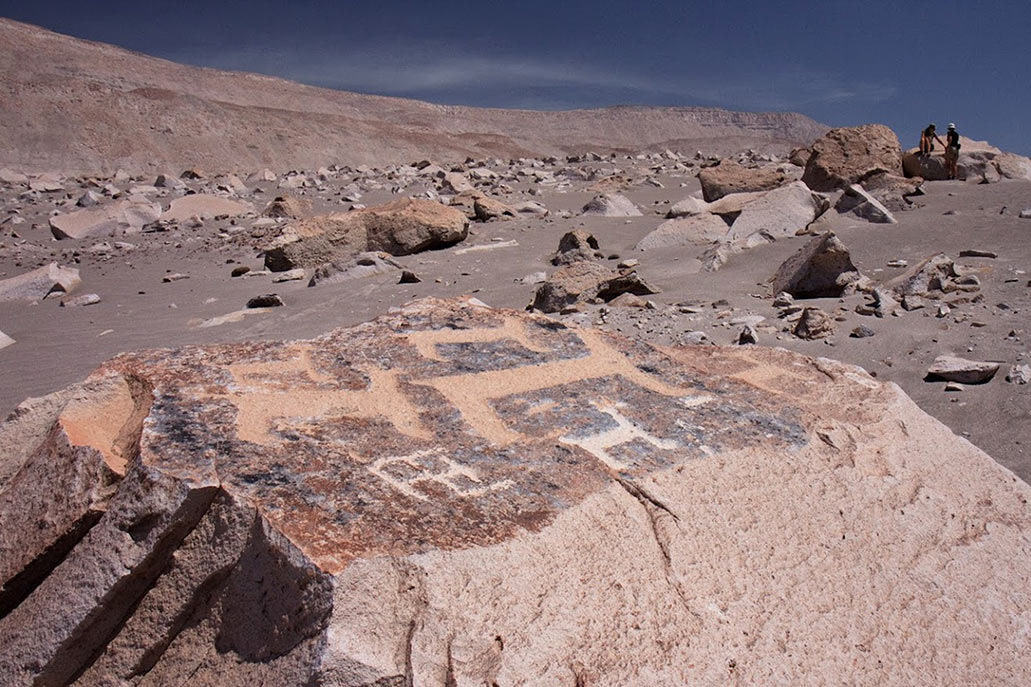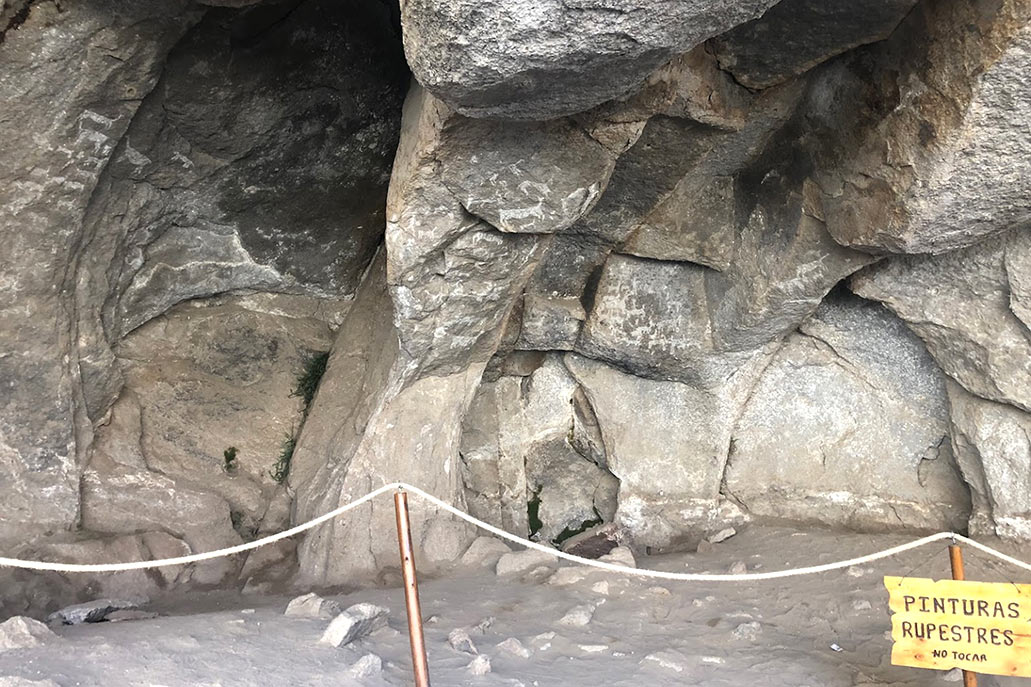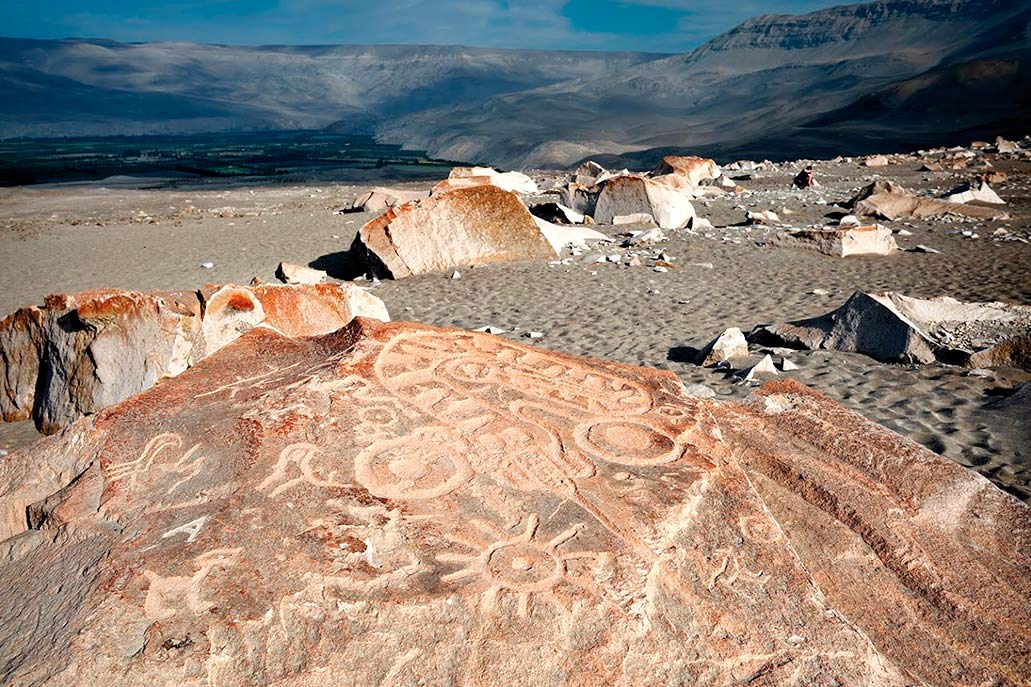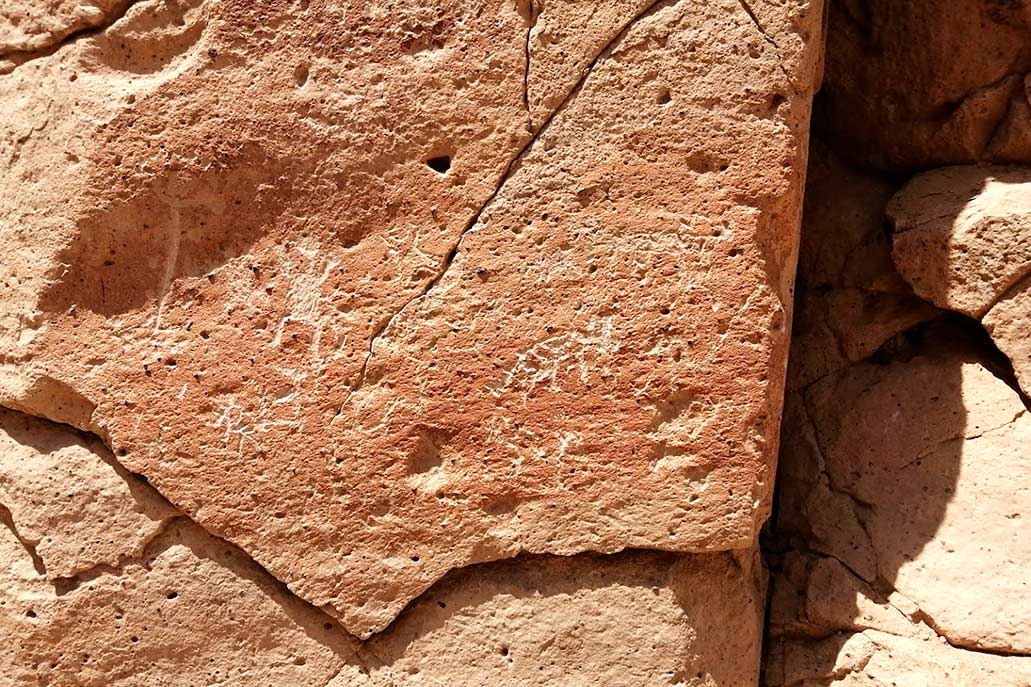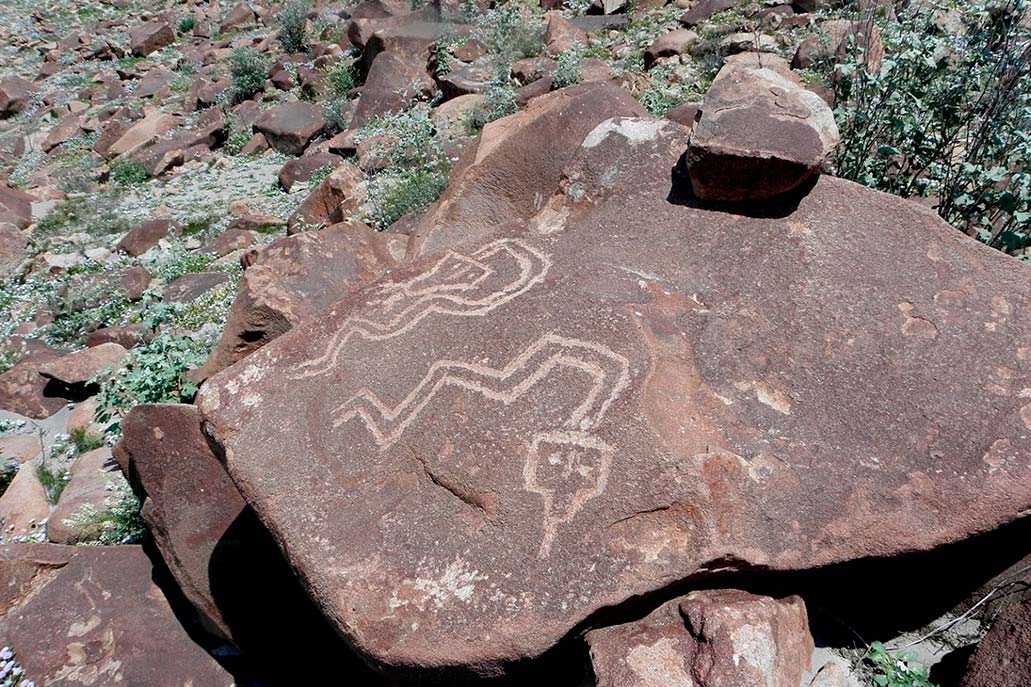Arequipa, the valley of petroglyphs
Arequipa has a large number of tourist attractions. From beautiful landscapes to a set of exquisite gastronomy. It also has colonial attractions of great architectural value. However, it has other interesting tourist destinations. For example, in the Majes Valley you can find a great variety of petroglyphs of great value for Peruvian history and to recognize different cultural manifestations from thousands of years ago.
Content
Arequipa proves to be a privileged place in the southern part of the country. Due to its location, many valleys can be found at an altitude very close to the sea. Within these valleys you can find different petroglyphs. According to research, some of them date back 6,000 years.
Among the figures of the petroglyphs there are human representations hunting, animals of different species, different characterizations of man and animals; You can even see images of divine beings. Let’s see some places that have already gained great recognition and others that are beginning to be analyzed by specialists. We will know the location and the ways to get to these places full of history and other nearby attractions.
1. The Sumbay Caves in Arequipa
The Sumbay Caves are located north of Arequipa. These caves are located at an altitude of more than 4100 meters above sea level. It can be reached from the Arequipa – Colca route. In these caves we will find cave art, it is impossible not to mention it as a point to discover ancient Peru.
Since its discovery in 1968, 500 cave paintings have been found dating back more than 6,000 years. They are drawings from the Paleolithic era made by the first inhabitants of the Colca Valley who were nothing more than hunters and gatherers. Hence the inspiration to do such work.
Representations of flora and fauna can be found. Something very striking is the expression of the fauna, there are drawings where you can see the attempt to draw in three-dimensional form, taking advantage of the shapes of the caves. This attempt increases the realistic details of the drawing. In addition, you can find different animals that are currently known and typical of the area, the most unique are the suris, large birds similar to ostrich.
You can also find representations of hunts and some dancers. It is believed that some of the images represent a rite or ceremony before undertaking the hunt, in the form of an offering so that the hunt is successful. Inside these caves were found some hunting tools and for other functions. They have two differences: some are made with retinite stone and the others are made with obsidian stone.
a) How to get to the Sumbay caves from Arequipa?
The tours that take you to this place depart from Arequipa en route to Chivay, on the way you visit Pampas Cañahuas, a place where you can see the Misti volcano from another angle. After that, you arrive at Patahuasi, where it is recommended to take an infusion of coca, which is good against altitude sickness.
After Patahuasi arrives at Sumbay, a 20-minute walk begins to reach the caves. After touring the cave paintings, we return to Sumbay. There you can visit this almost abandoned town, which has a church that is still open for those who remain in the place. Also, you can find a train graveyard, where you can take different pictures. Then the trip to Arequipa is undertaken.
b) Hours and prices
It does not have a scheduled time. It is recommended to arrive in the morning hours, the entrance price to the Sumbay Caves is free.
2. The petroglyphs of Toro Muerto
The petroglyphs of Toro Muerto are located near Corire, a district of the province of Castilla in the Arequipa region, approximately 2 hours and 30 minutes by car from the city from Arequipa. This area is very close to the Majes Valley.
This enclosure is considered the place that houses the most cave art. It is estimated that there are more than 2,600 blocks engraved in low relief, with interesting geometric, anthropomorphic and zoomorphic figures. They are approximately 800 to 1500 years old. They are spread over an area of 5 square kilometers.
For the execution of these images, different artistic engraving techniques were used. There are some that were made by blows, others by scratching the stones, rubbing stone with stone, even engraving itself and chipping.
You can see giant stones carved with low-relief representations of different figures, from human images in relation to their environment and the operating mode of their rituals and some representations of animals. There is also a large majority of religious representations that were among the most important.
a) How to get to the Petroglyphs of Toro Muerto?
There is the possibility of doing it on your own and through a tourism agency. In both cases, we start from Arequipa. You travel around 2 hours and 30 minutes to 3 hours, in the direction of Corire. The distance from Corire to the Petroglyphs of Toro Muerto is 3 kilometers.
After visiting this enclosure, you can take an 11 kilometer route towards Querulpa Park. In this place you can find dinosaur footprints, some fossilized fish and life-size dinosaur sculptures. Likewise, visiting the vineyards and shrimp-based cuisine are other unmissable alternatives after traveling this route.
b) Schedule and prices
The Toro Muerto Petroglyphs are open from Monday to Sunday from 08:00 to 18:00. The entrance fee is 3 soles.
3. Other petroglyphs
Arequipa has been recognized since 2000 by UNESCO as a World Heritage Site, making it a privileged place for tourism. In this sense and as we have been mentioning, we want to name some other petroglyph findings that are currently under analysis and studies in order to offer better experiences to tourists. Let’s see some of them in a general way.
a) The petroglyphs of the Quebrada de Culebrillas
They are located near the Ruta del Sillar, it is estimated that these figures are part of the Wari culture. It presents a large number of zoomorphic images, although it also has representations of humans hunting and some religious representations. Scrape and scratch techniques were used.
b) The petroglyphs of Alto de la Caldera
Also known as “The listings”, they are a group of rocks found in an arid environment, which draws quite a lot of attention. It is located in La Caldera or Corralones to the southwest, near Arequipa. Exactly in the district of Vitor. The rocks have a reddish color that contrasts with the environment. They are found on both sides of the old road from Vitor to Arequipa and on the slopes of Cerro La Caldera. You can find dancers, masked men, worms, serrated snakes, centipedes, camelids, arrows, paths, crosses, among other things.
c) The petroglyphs of Tintin
It is located in the valley of the Sihuas River, this area is also known as Cerro Blanco and Pisanay. Exactly 59 kilometers from Arequipa, these three panels or rocks with the petroglyphs, for this reason their study is insisted on due to the presence of terraces and a possible cemetery. The main rock has different figures of felines, snakes, suns and also the presence of a 36 cm high mask. It is estimated that they may be a reference to religious rituals.
d) The petroglyphs of Cantas, Pitis, La Mezana and La Laja
These remains share a certain similarity with those found at Toro Muerto. They are located in the district of Uraca – Corire, in an annex of Pedregal. They expand throughout all the territories that we mention in this section. They are made of mostly pinkish ignimbrite rocks, because they can also be seen as white.
EXTRA INFORMATION
What will we find on the Ruta del Sillar?
The Sillar Route is a destination through which you can reach the Culebrillas Petroglyphs. This is a place, not far from Arequipa, that has been more popular in recent years.
Upon arrival, a tour of different ashlar sculptures is made. The interesting thing about making this trip is that you will enter the same quarry without any problem. The facilities of the place are perfectly signposted and with marked paths to enjoy the different attractions.
How to go to the Ruta del Sillar?
You can go to the Ruta del Sillar on your own, it is recommended to do it through a tour to avoid setbacks and visit all the attractions that this place has.
The tours cost 45 soles on average.
The tour starts after picking up the tourists from the hotels in the center of Arequipa. It takes approximately 40 minutes to reach the access area of the Ruta del Sillar.
The entrance fee to the Ruta del Sillar is 10 soles (some agencies do not include the entrance ticket).
Finally, you can visit the Culebrillas ravine, which has the formation of a small canyon. Completing this journey takes between 20 to 30 minutes and you will reach the petroglyphs of Las Culebrillas.
The cost to enter the petroglyphs Las Culebrillas is five soles.
The tour ends with a return to the historic center of Arequipa.
By Machupicchu Terra – Last updated, August 28, 2023
